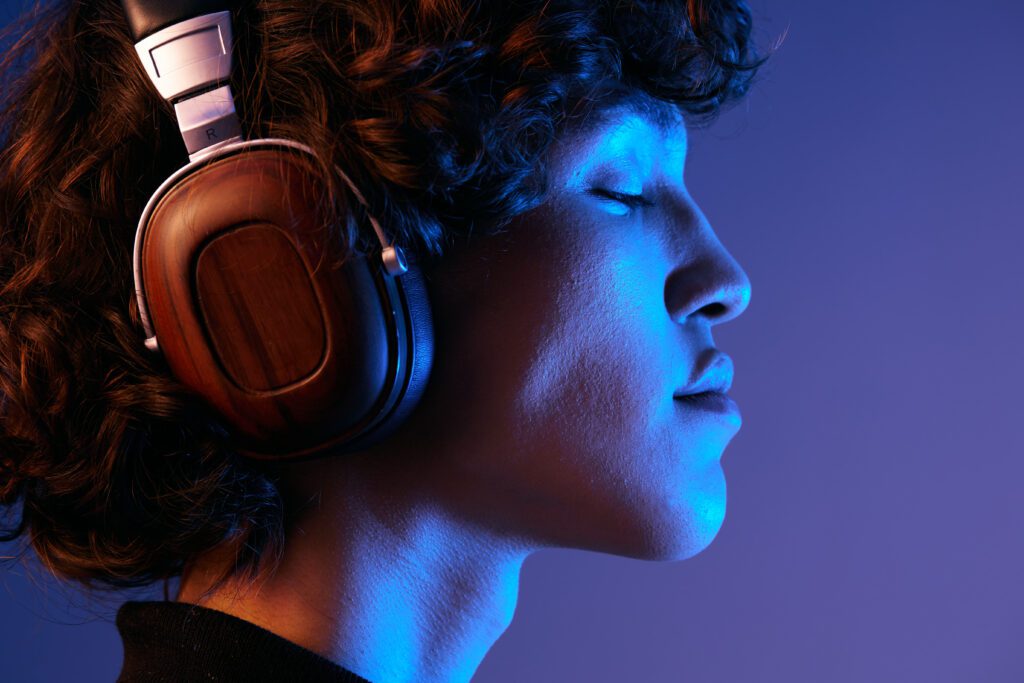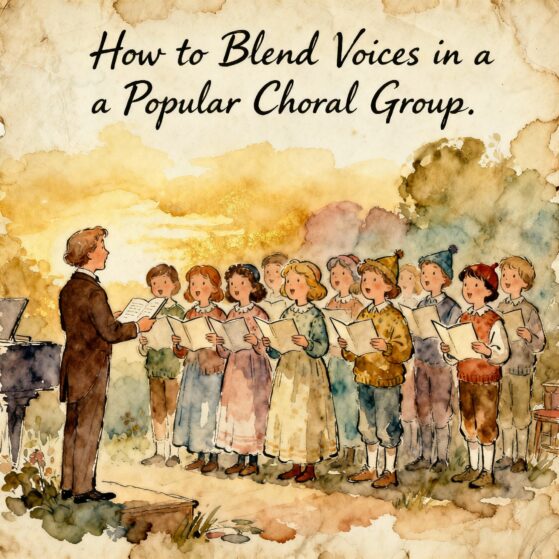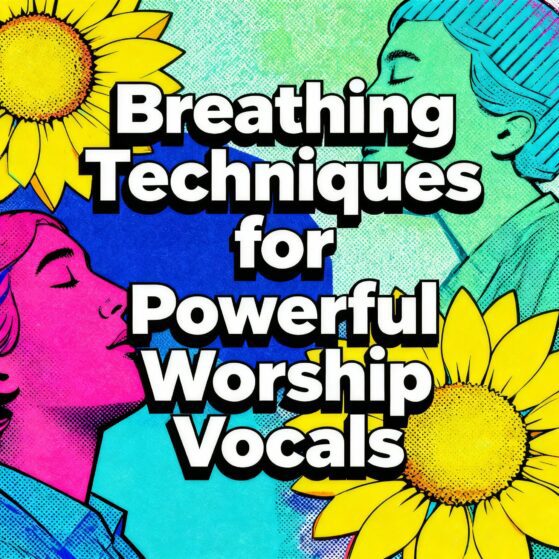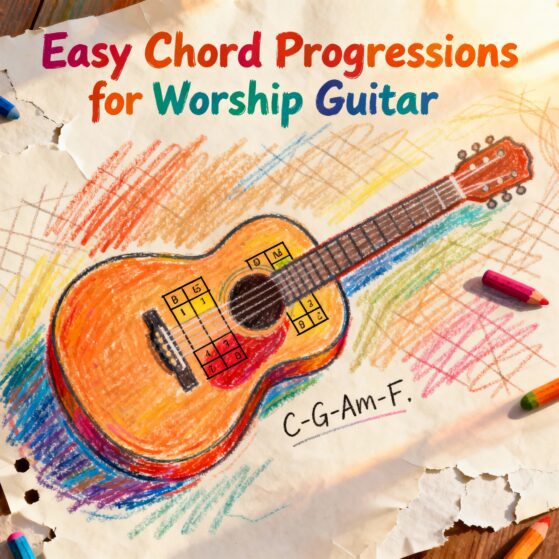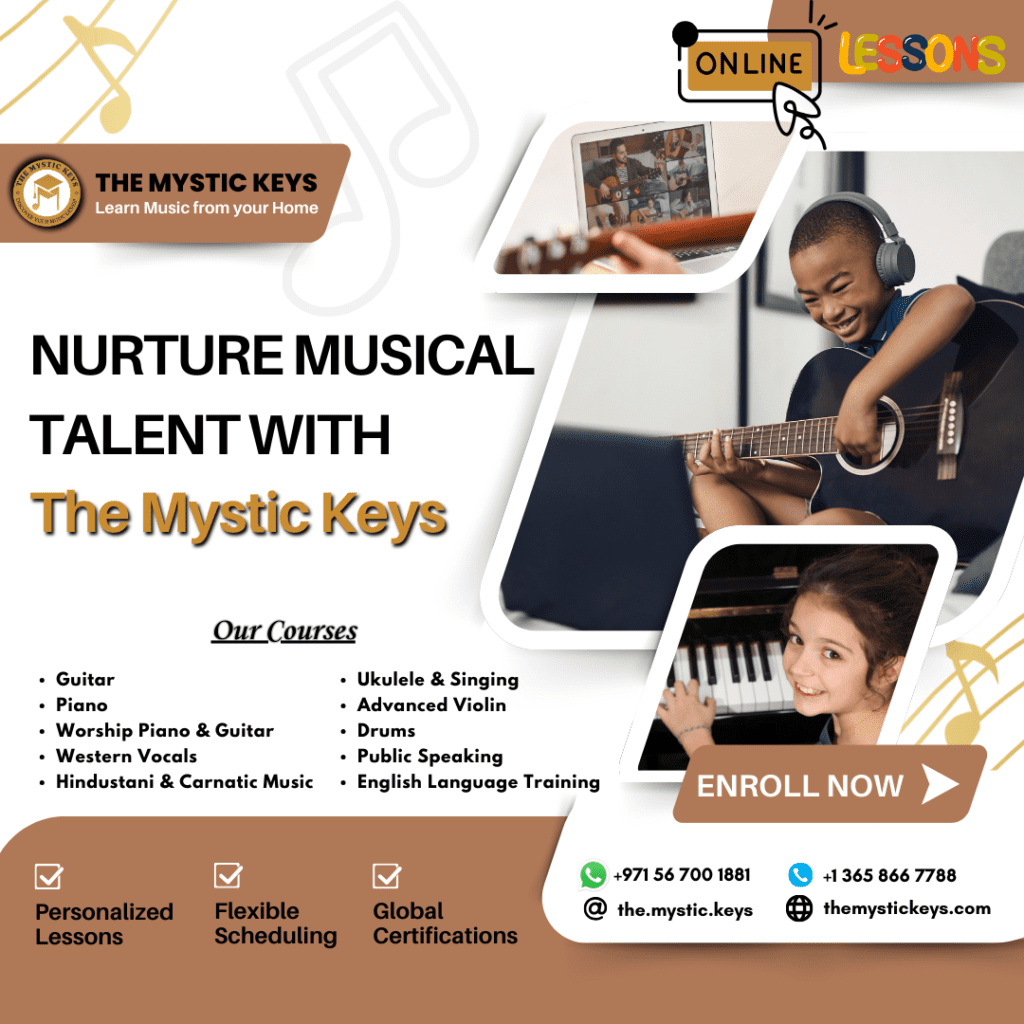The Best Way to Train Your Ear for Music
A well-trained ear is one of the most valuable tools any musician can have. Whether you’re a singer, instrumentalist, producer, or composer, your ability to recognize pitch, rhythm, harmony, and melody will significantly enhance your creativity and confidence. That’s why it’s essential to train your ear for music—doing so helps you play by ear, improvise effortlessly, and connect deeply with every sound you create or hear.
While many assume that a “good ear” is a natural gift, the truth is: ear training is a skill you can develop—just like muscle memory or sight-reading. In this blog, we’ll guide you through the best ways to train your ear, from beginner-friendly practices to advanced aural exercises used by professionals.
1. What Is Ear Training?

Ear training (also called aural skills) refers to the practice of improving your ability to:
- Identify notes and intervals by ear
- Recognize chord progressions
- Sing or play melodies after hearing them
- Understand rhythms, meter, and time
- Transcribe music accurately
- Tune your instrument or voice correctly
These skills are foundational for playing by ear, improvisation, composing, and ensemble performance.
2. Start with Interval Recognition

An interval is the distance between two pitches. Learning to identify intervals by sound is the foundation of ear training.
🎵 How to Practice:
- Start with simple intervals: major 2nd, perfect 4th, perfect 5th, octave
- Associate each interval with a familiar song
- Major 2nd – “Happy Birthday” (first two notes)
- Perfect 4th – “Here Comes the Bride”
- Perfect 5th – “Twinkle Twinkle Little Star”
- Octave – “Somewhere Over the Rainbow”
3. Practice Singing Intervals
It’s not enough to just recognize them—you should also be able to sing them back.
🎤 Exercise:
- Play a note (C), then play the next note in an interval (G – perfect 5th)
- Try to sing the first note, then jump to the second
- Use solfege (do-re-mi) or scale degrees (1–3–5–8) to guide your pitch accuracy
- Singing intervals improves pitch memory and trains your voice to move accurately between notes.
4. Train Your Ear for music with Chords and Harmony

Once you’re confident with intervals, level up with chord recognition.
🧠 What to Learn:
- Major, Minor, Diminished, Augmented chords
- Inversions (root, 1st, 2nd)
- 7th chords (Major7, Minor7, Dominant7)
🎧 Practice:
- Listen to different chords and name their quality
- Try to identify chord progressions in your favorite songs
- Example: “I–V–vi–IV” is used in hundreds of pop songs
- This develops harmonic hearing, crucial for songwriting and improvisation.
5. Rhythm and Timing Recognition
Rhythm is just as important as pitch. Ear training for rhythm involves recognizing:
- Note durations (quarter, eighth, sixteenth notes)
- Time signatures (4/4, 3/4, 6/8)
- Accents and syncopation
🥁 Try This:
- Clap back rhythms you hear in songs
- Use a metronome to match and maintain tempo
- Transcribe short rhythm patterns on paper
- Apps like Rhythm Sight Reading Trainer can help build rhythmic accuracy and timing sense.
6. Transcribe Melodies by Ear
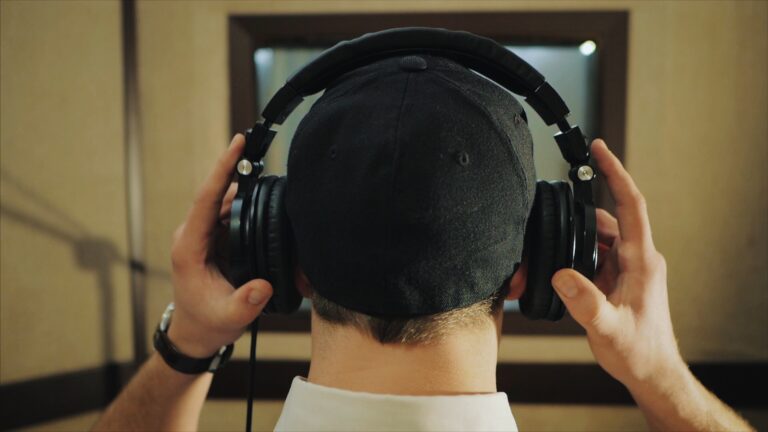
Transcription is the ultimate way to train your ear for music—it’s all about listening to a melody and writing it down.
🎼 Steps to Get Started:
Choose a simple tune (e.g., Mary Had a Little Lamb)
Find the starting note
Work out each interval or pitch step
Write down the notes or sing them back
This exercise sharpens your relative pitch, boosts musical memory, and improves sight-singing skills—all key benefits when you train your ear for music.
7. Practice With Songs You Love
Ear training doesn’t have to be boring!
🎧 Here’s how:
- Pick a song you know
- Try to identify the first few chords or melody line
- Sing or play it back without sheet music
- Find patterns in the bass line, chord progressions, or vocal phrasing
- This connects your training to real-world application and keeps you engaged and motivated.
8. Use Ear Training Apps and Tools

Technology makes ear training easy and fun.
📱 Recommended Apps:
- EarMaster – Comprehensive ear training levels
- Tenuto – Great for intervals, chords, and note ID
- Toned Ear – Beginner-friendly exercises
- Teoria – Advanced aural training & theory
- You can also practice with:
- Digital piano or keyboard
- Backing tracks and loops
- Recordings of your voice or instrument
9. Be Consistent – Train your ear for music & Art
Just 10–15 minutes a day of focused ear training can make a huge difference in 2–3 weeks.
📅 Weekly Plan Example:
- Monday: Intervals
- Tuesday: Singing intervals
- Wednesday: Rhythm clapping
- Thursday: Chords & harmony
- Friday: Transcription
- Saturday: Song breakdown
- Sunday: Review
10. Learn with a Teacher – Accelerate Your Growth

While self-training is great, working with a coach can speed up your progress and eliminate bad habits.
A trained ear can:
- Recognize mistakes instantly
- Guide you through exercises tailored to your level
- Help you apply ear training to real music
- Prepare you for music exams (like Trinity, ABRSM, etc.)
About The Mystic Keys – Train Your Ears for music & Your Artistry
At The Mystic Keys, we don’t just teach instruments or vocals—we train complete musicianship. Our one-on-one online music lessons focus on building your ear, theory, creativity, and performance skills in a personalized, professional, and practical way.
🎶 Our features:
- Ear training integrated into all lessons
- Voice, keyboard, guitar, theory, and production courses
- Certified Trinity Grade 8 and above teachers
- Zoom classes with recordings, notes, and flexible scheduling
- Whether you’re preparing for exams or learning for passion, we’ll help you hear, feel, and understand music deeply.
🌐 Explore more: The Mystic Keys
Conclusion: Start Training Your Ears Today
The best musicians don’t just play music—they listen differently. Ear training opens up a new dimension of understanding, helping you perform, compose, and express music with greater clarity and confidence.
Start slow, be consistent, and enjoy the process. Your ears are your most important musical tool—train them, and everything else follows.
Explore Western Vocals Lessons Online designed to help you improve your musical timing with techniques like metronome practice, tapping, and rhythm drills for better accuracy.
For more information and exciting resources about learning music, visit our website at The Mystic Keys. For more music content and exciting offers follow us on
Facebook, Instagram, YouTube, LinkedIn, Twitter, Pinterest, Reddit, Threads,
and Quora.
Related Blogs
Playing a musical instrument is a deeply rewarding pursuit, blending artistry, skill, and discipline into a lifelong journey. Whether you’re just starting out or have years of experience, there’s always room for growth.
Choosing the right instrument is one of the most exciting steps in a beginner’s musical journey. Whether you’re a parent enrolling your child, a teenager chasing a passion, or an adult reigniting an old dream, the first instrument you choose plays a big role in your learning experience.
When starting your musical journey, choosing the right instruments best for beginners is crucial to ensuring an enjoyable and rewarding learning experience. Selecting an instrument that suits your personal preferences, physical abilities, and musical goals can significantly impact how motivated you stay and how quickly you progress.


